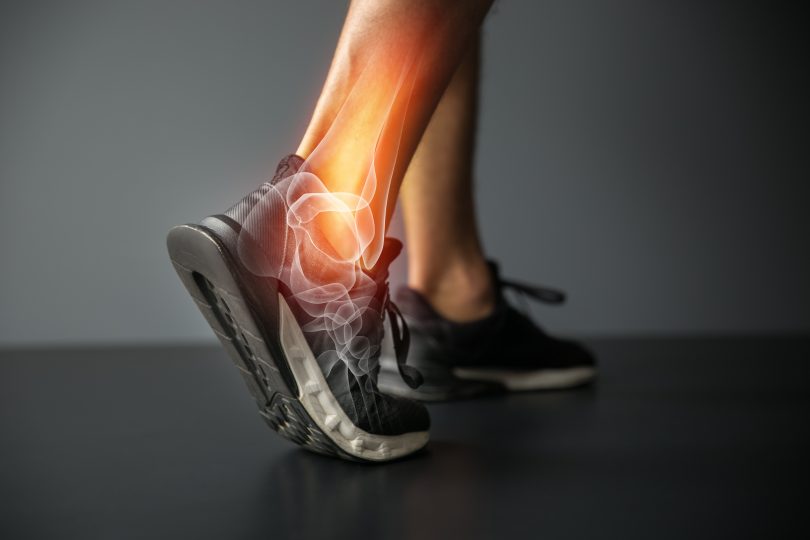A surgeon with Atlantic Orthopaedic Specialists in Hampton Roads, Va., is among the first in the country to perform a new minimally invasive foot and ankle surgery that requires a much smaller incision than traditional foot surgery.
Dr. Michael Campbell, who began using the new technique in summer 2018, says the surgical option addresses foot conditions such as bunions, bone spurs, fallen arches, flat-foot deformities and some arthritic conditions. It lessens the time for recovery and is much less painful.
“It’s a game changer,” Campbell says. “It’s the most exciting advancement in foot and ankle surgery I have seen in my career.”
The technique has been used in Europe for a number of years, but was just approved for use in America in 2017. To date, Campbell estimates that only a few doctors nationwide have received training to perform the surgery. New York’s Mount Sinai was among the first hospitals to introduce the technique in the U.S. in 2017.
Campbell says he’s performed the new procedure with “excellent results.”
Traditional foot surgery can involve cutting into tendons and soft tissue, which can lead to pain and scar tissue.
For example, bunion surgery — according to those who have been through it — is among the most painful surgeries. A bunion is created when the bone or tissue at the bottom of the big toe moves out of place, causing an often-painful lump. Surgery is recommended when non-invasive measures, such as therapy and special shoes, are ineffective.
Bunions and flat feet are more common in women and often attributed to wearing high heels. Also, women undergo hormonal changes during pregnancy, leading to loosening of ligaments in the foot.
Claire Molinaro can attest to how difficult the traditional bunion surgery is — in medical terms, it’s known as hallux valgus surgery. The 31-year-old former Norfolk resident, who now lives in Brooklyn, N.Y., had her first bunion surgery when she was a college student.“It was a big part of my summer. It was probably about three months before I felt back to normal,” she recalls.
Healing took quite a while. Molinaro was on crutches for six weeks, then in a boot for several weeks. She wasn’t allowed to drive for six weeks, for fear of slamming on the brakes with her right foot, which sported a 2½-inch scar. A year later, she had a second bunion surgery that she says “went a lot better. It was a lot less invasive.”
Recovery time for the new procedure is about half the time of the previous foot surgeries with a return to sports sooner and less chance of infection, Campbell says. The incision required is also much smaller — about a ¼ of an inch, thanks to a high-torque, low-speed surgical instrument called a PROStep. In traditional foot surgery, doctors saw into the foot.
Campbell, who describes himself as a “guy who likes to stay ahead of the game,” says he was excited when he heard of the technique and made it a priority to learn it and make it available to his patients. The technique had been introduced in the U.S. some years ago but was taken off the market because bones were not healing correctly. Better technology and more experience using the equipment led to its re-introduction.
The new procedure is a “bit trickier” and “takes a few minutes longer” than standard surgery, but is well worth the time and effort for patients, Campbell says. It doesn’t cost any more than traditional foot surgery.
Calling it a “remarkable breakthrough” in the field, Campbell says he believes the new method will be far less-traumatic for patients and do for foot and ankle surgery what the Jiffy Hip has done for hip surgery. Jiffy Hip replacement surgery is a popular, muscle-sparing, minimally invasive orthopedic surgery named for its fast recovery time.
Watch Campbell demonstrate how minimally invasive surgery (MIS) technology works.







